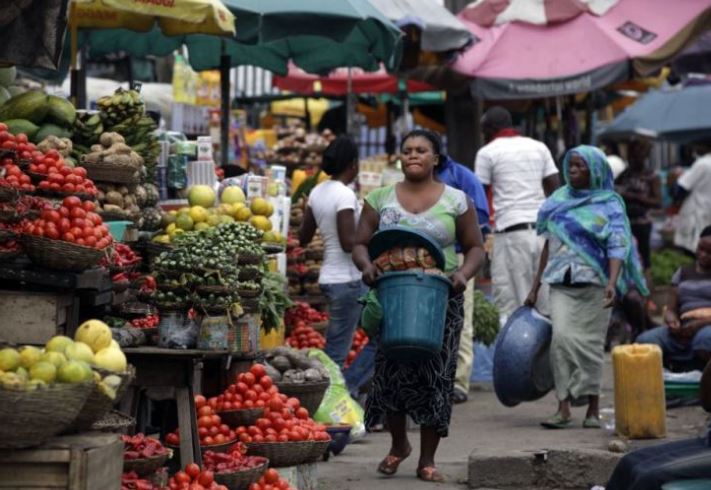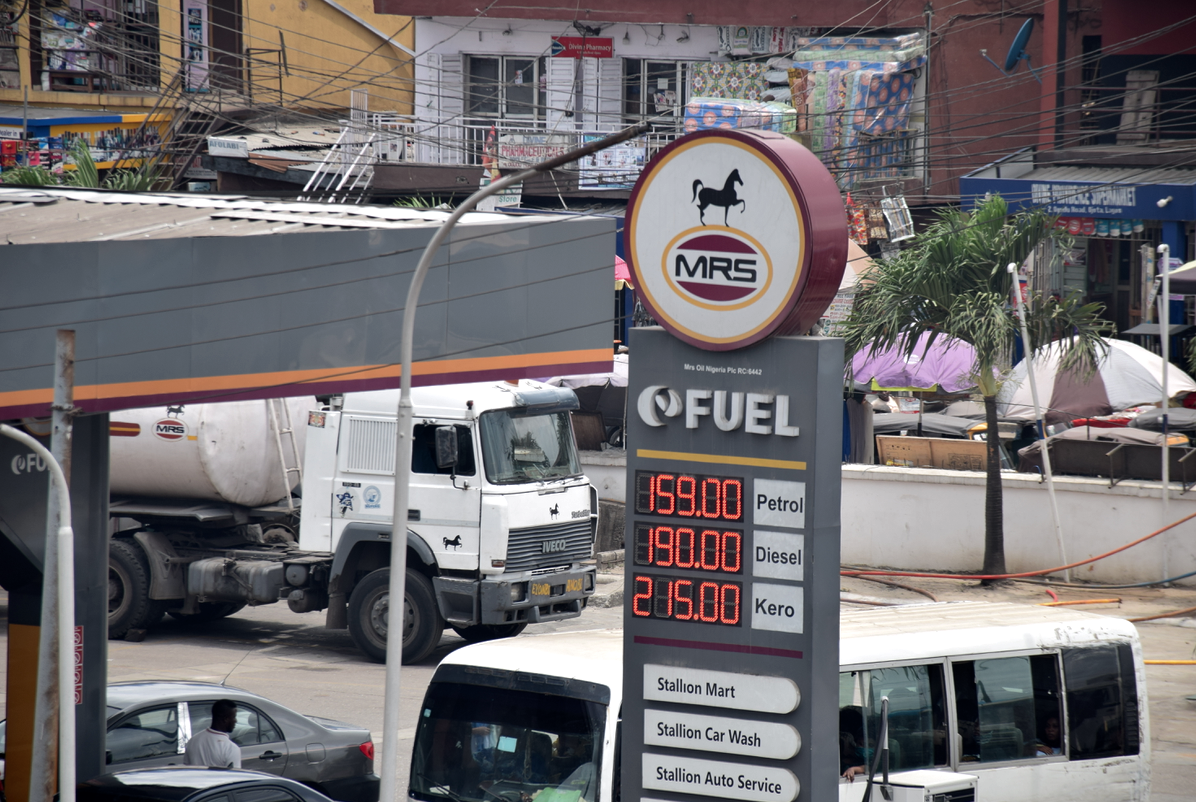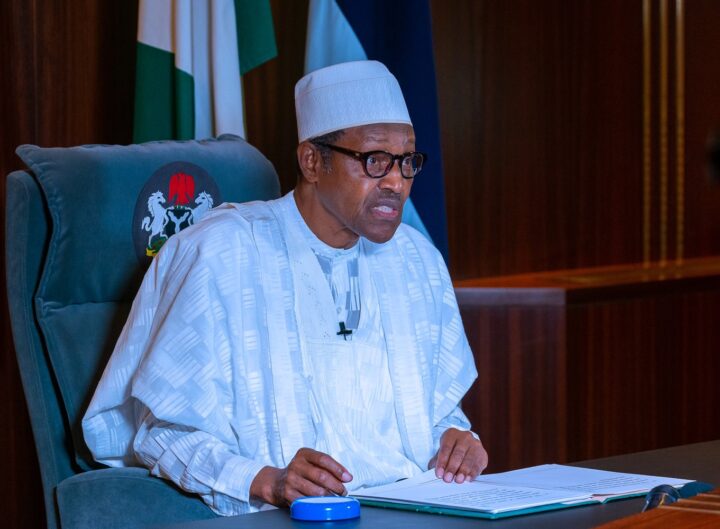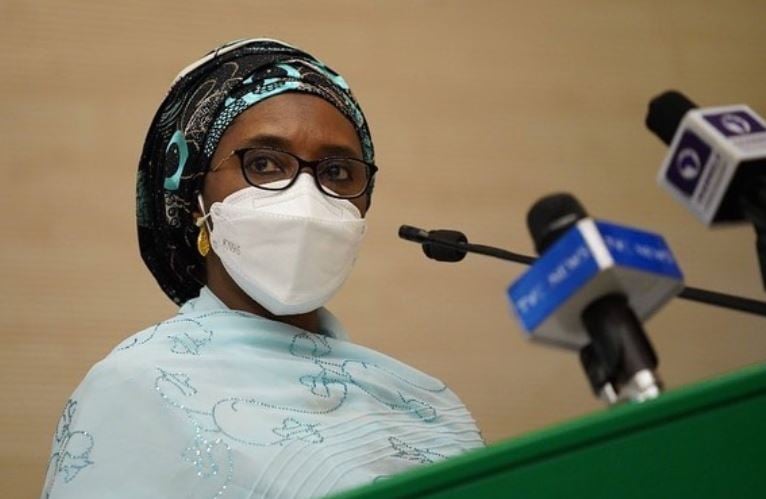Nigeria’s inflation figure for August accelerated for the 12th consecutive month to 13.22 percent year-on-year and 1.34 percent month-on-month.
Here are some takeaways.
The new figure was driven by an increase in both food and non-food components.
The 40 basis points (bps) rise in the current inflation rate compared to 12.82 percent year-on-year in July marks the largest monthly increase since October 2016.
Advertisement
The food index, which accounts for the bulk of the inflation basket, showed prices rose 16.0 percent last month compared with 15.48 percent in July.
Food inflation has been in double-digits for more than three years, worsened by the closure of Nigeria’s borders in August 2019 and incessant clashes between farmers and herdsmen that dragged supply and floods in some northern states which destroyed more than 25 percent of the rice cultivation.
Nigeria’s inflation figure has been above the apex bank’s single-digit target (6 percent to 9 percent) for more than five years, and this would likely continue to accelerate due to currency crunch and a recent restriction of dollar access for all food and fertilizer imports, forcing traders to explore a more expensive black market for foreign exchange.
Advertisement
The Central Bank of Nigeria (CBN) in a report released on Friday said Nigeria’s inflation is expected to rise to 14.15 percent at the end of December, citing supply shocks due to fall in economic activity and disruptions caused by the COVID-19 pandemic.
Yinka Ademuwagun, a research analyst at United Capital, said banning without any commensurate increase in local output at the moment, would likely drive food prices upward.
“Rather than banning their importation the government should focus on driving productivity we have lots of interventions in the agricultural sector but productivity has remained flat, we need to change the model by which interventions are disbursed to farmers,” he said.
Also, core inflation was up by 42 bps to 10.52 percent year-on-year as pressures were most significant in the prices of passenger transport by air, hospital services, medical services, pharmaceutical products, maintenance and repair of personal transport equipment, vehicle spare parts, motor cars, passenger transport by road, miscellaneous services relating to the dwelling, repair of furniture and paramedical services.
Advertisement
The current sticky inflation means the apex bank would likely hold key interest rates at 12.5 percent at its next monetary and policy meeting (MPC) next week.







